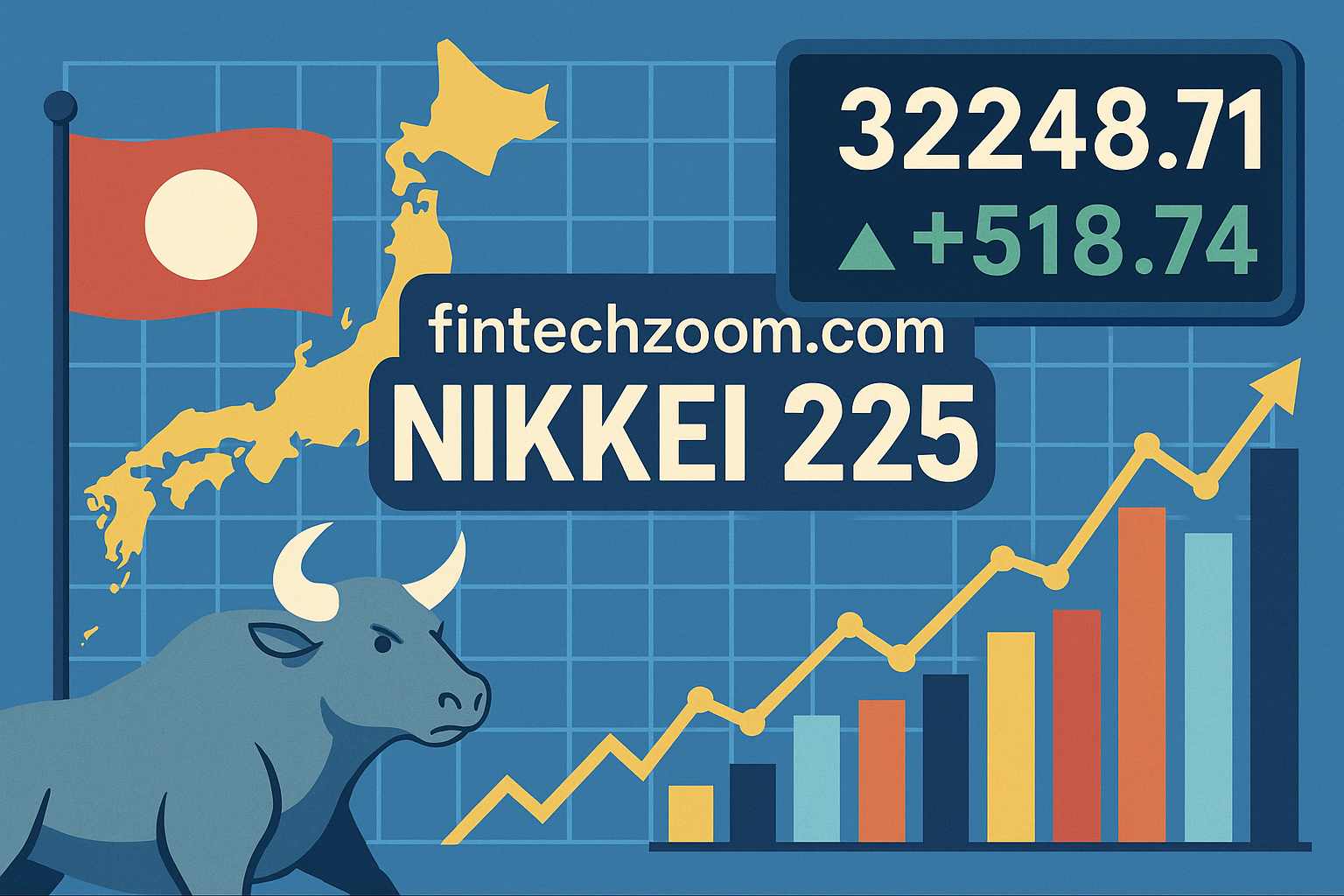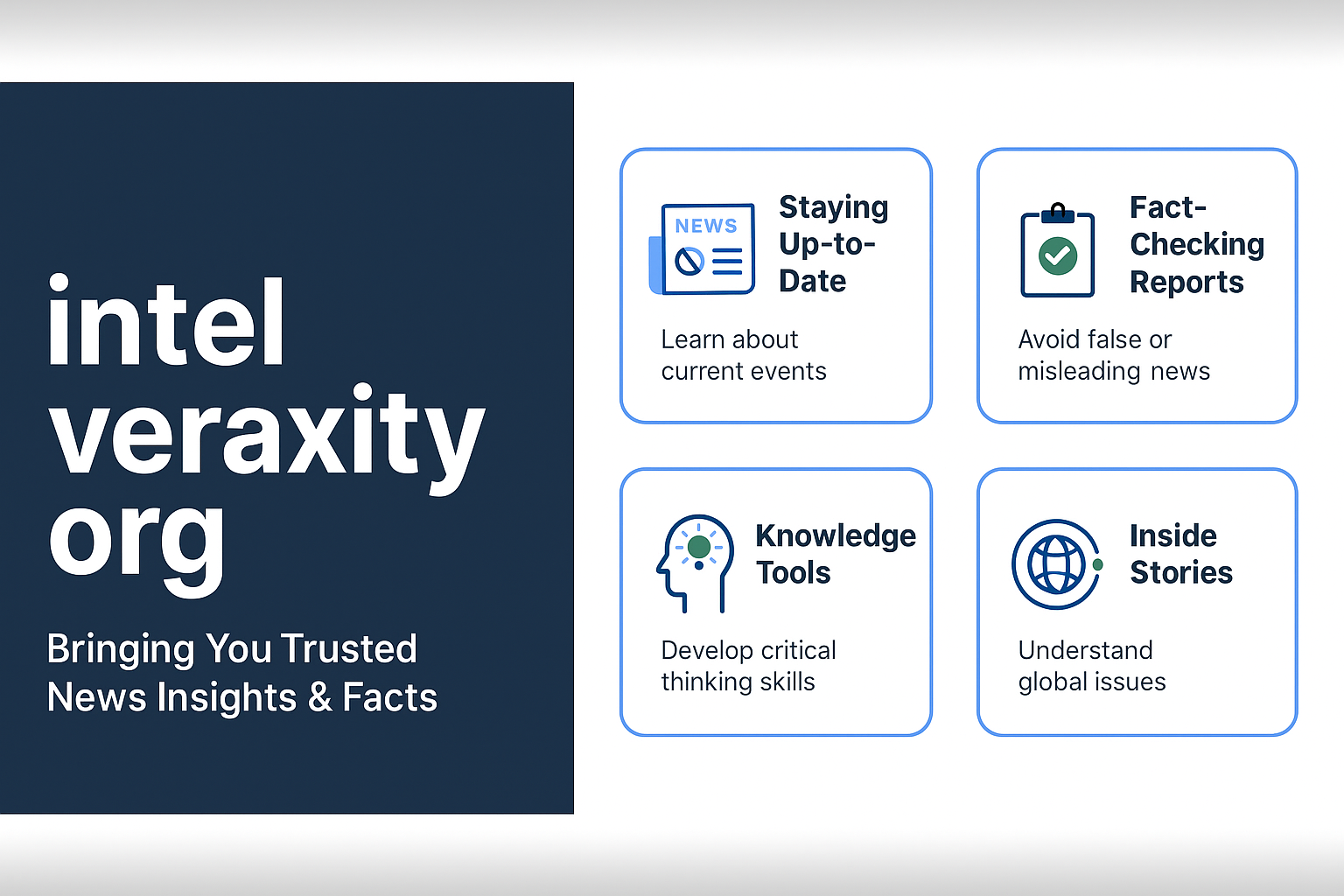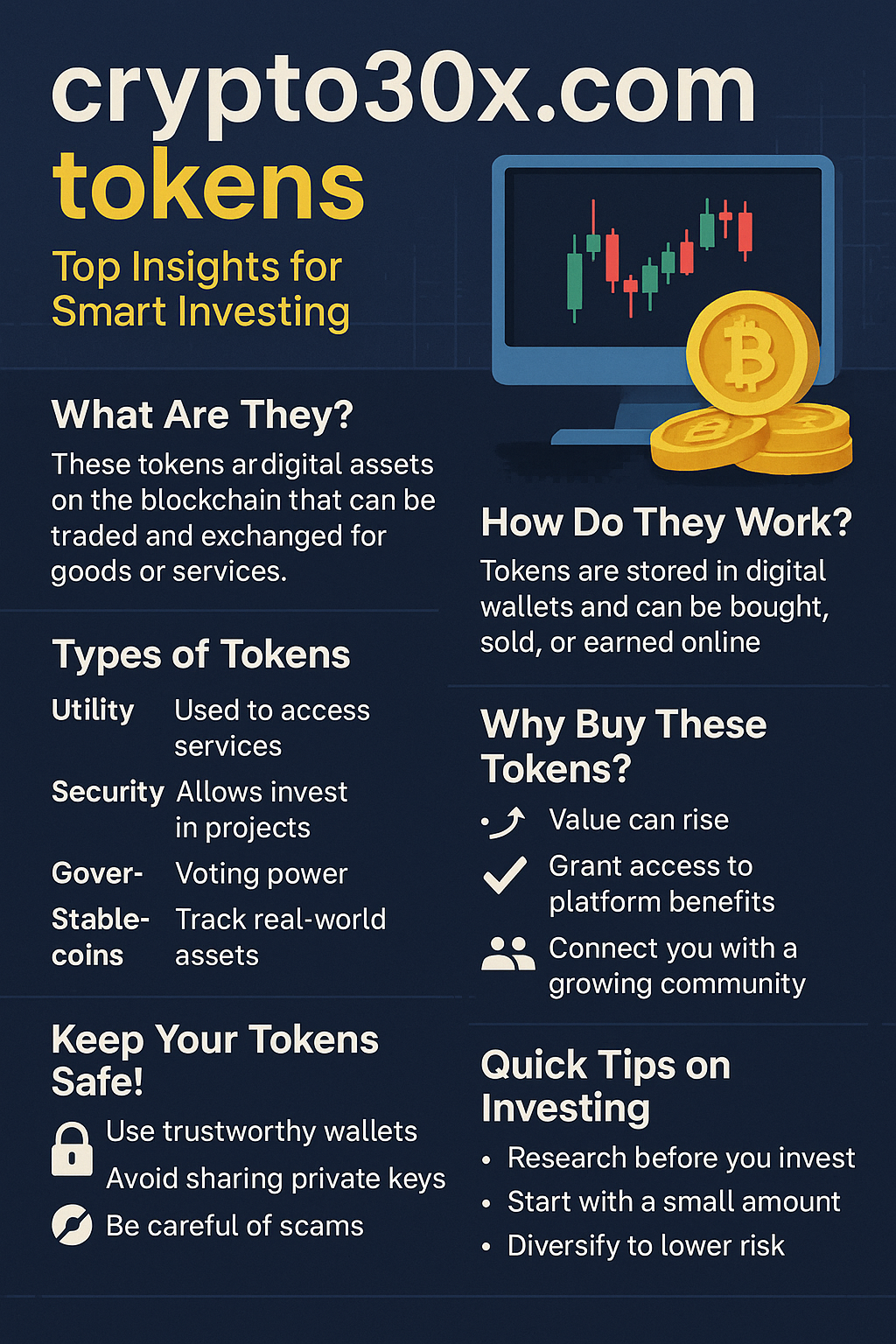The stock market might seem tricky at first, but once you learn how it works, it starts to make sense. Especially if you’re interested in what’s going on outside your country. One of the most important stock indexes in the world is the Nikkei 225, and if you want to understand it clearly, fintechzoom.com nikkei 225 is the place to start. It provides simple, real-time updates and insights about Japan’s top companies and how they affect the global economy.
Whether you’re curious about investing, learning about world economics, or just want to track cool companies like Nintendo or Sony, this article will walk you through everything you need to know.
What is the Nikkei 225?
The Nikkei 225 is a list of 225 major companies traded on the Tokyo Stock Exchange. Think of it like a scoreboard that shows how well the biggest businesses in Japan are doing. This includes famous names like Toyota, Sony, and Honda.
The number “225” represents the number of companies in the list. Every day, their stock prices go up or down based on how the world sees their value. The average of these prices is what we call the “Nikkei Index.”
Why does fintechzoom.com nikkei 225 matter?
fintechzoom.com nikkei 225 helps people follow this index without needing to be stock market experts. It updates you daily on changes, trends, and reasons behind the moves. This is useful for:
-
Investors who want to make smart money choices
-
Students learning about economics
-
Travelers who want to understand Japan’s economy
-
Business professionals watching the global market
With everything explained in a simple way, even beginners can understand what’s going on.
Where does the Nikkei 225 come from?
This index was first created in 1950 by a Japanese newspaper called Nihon Keizai Shimbun (also known as Nikkei). It was designed to give a quick look at how Japan’s economy is doing. Since then, it has become one of the top indicators of stock market health in Asia, just like the S&P 500 is for the United States.
Top sectors in the Nikkei 225
The companies in the Nikkei 225 belong to different industries. Here’s a breakdown of some of the most important sectors:
| Sector | Examples of Companies |
|---|---|
| Technology | Sony, Panasonic, Canon |
| Automobile | Toyota, Honda, Nissan |
| Finance | Nomura, Daiwa Securities |
| Healthcare | Takeda Pharmaceutical, Eisai |
| Retail | Fast Retailing (UNIQLO), Seven & I Holdings |
These companies are not only big in Japan but are also recognized around the world.
How often is the Nikkei 225 updated?
The Nikkei is updated every trading day. That means Monday through Friday, except holidays in Japan. The updates reflect:
-
Price changes of the stocks
-
Market news
-
Government decisions
-
Economic events like inflation or natural disasters
Thanks to fintechzoom.com nikkei 225, you don’t have to dig through complex reports. The updates are summarized and explained clearly every day.
Why should students learn about the Nikkei 225?
Understanding the Nikkei 225 can teach you many valuable lessons, such as:
-
How businesses work
-
How world events affect prices
-
What makes a stock go up or down
-
How to read financial data
Also, learning about foreign markets helps improve global awareness and critical thinking.
How does fintechzoom.com display the Nikkei 225 data?
When you visit fintechzoom.com nikkei 225, you’ll see:
-
A live chart of the index
-
A list of top gainers and losers
-
Daily news articles explaining major moves
-
Historical data to compare past performance
-
Graphs that show price movement trends
Everything is built to be user-friendly, even if you’ve never looked at a stock chart before.
What makes the Nikkei 225 move up or down?
There are many reasons the index might rise or fall. Here are some of the main causes:
-
Economic reports: If Japan reports strong exports or job growth, stocks may rise.
-
Company earnings: If big companies like Nintendo report profits, their stocks often jump.
-
Government decisions: When the Japanese government announces big plans or cuts taxes, investors might get excited.
-
World events: Natural disasters, wars, or global health news can affect market mood.
Examples of big days for the Nikkei 225
Let’s look at some famous days when the Nikkei 225 made headlines:
-
March 11, 2011: After the earthquake and tsunami in Japan, the index fell sharply.
-
December 1989: The Nikkei reached its all-time high before the bubble burst.
-
February 2021: The index hit a 30-year high as Japan’s economy showed strong recovery signs after COVID-19.
Each of these events was explained in detail on fintechzoom.com, with tips and reactions from market experts.
How does the Nikkei 225 affect other countries?
Because Japan is one of the world’s largest economies, what happens in Tokyo often affects markets in the U.S., Europe, and Asia. For example:
-
A big drop in the Nikkei might cause panic selling in other parts of the world.
-
Strong earnings in Japan can boost confidence in global trade.
-
Currency changes between the yen and the dollar also impact export prices.
That’s why investors everywhere watch fintechzoom.com nikkei 225 closely each day.
How to read a stock chart on fintechzoom.com
If you’re new to stock charts, don’t worry. Here’s what to look for on fintechzoom.com nikkei 225:
-
The number: This shows the index’s current level (like 32,000 points).
-
Green or red: Green means the index went up; red means it dropped.
-
The arrow: It shows the direction compared to yesterday.
-
The chart line: It shows how the index moved over hours, days, or months.
There’s also helpful text under each chart to explain why something changed.
Fun facts about the Nikkei 225
-
It’s the oldest stock index in Asia.
-
The index is sometimes called “Japan’s Dow Jones.”
-
Some companies have been on the list since the 1950s!
-
Fast Retailing (owner of UNIQLO) is one of the highest-priced stocks on the index.
These facts help make learning about finance more fun and less intimidating.
Can you invest in the Nikkei 225?
Yes, even if you’re not in Japan! Investors can buy ETFs (Exchange Traded Funds) that follow the Nikkei 225. These are available in many countries and act like bundles of stocks from the index.
However, anyone thinking about investing should talk to an adult or financial advisor first.
What makes fintechzoom.com nikkei 225 different?
Many websites report on the Nikkei, but fintechzoom.com nikkei 225 does something special:
-
It breaks news down into simple language
-
It updates faster than most finance sites
-
It adds tips, opinions, and analysis from experts
-
It includes both daily news and long-term trends
That means both beginners and experienced readers can use the site and walk away smarter.
How students and schools can use fintechzoom.com
Here are some creative ways schools can use the site:
-
Daily warmups: Teachers can ask students to find one fact from the market each morning.
-
Economics class projects: Track a stock over time and write a report.
-
Math lessons: Use price data to teach percentages, averages, and graph reading.
It’s a real-world way to bring numbers and news together in the classroom.
Is fintechzoom.com safe for teens?
Yes! The site is clean, respectful, and free of pop-up ads or risky content. It focuses on learning, news, and real-world finance. Teen users can explore without needing to sign up or share private information.
How to build a habit of checking the Nikkei 225
Start by visiting fintechzoom.com nikkei 225 for 5 minutes each day. Look for:
-
The number (is it up or down?)
-
The top story (what’s the news?)
-
The biggest gainers and losers
-
One new company to learn about
Doing this each morning can build a strong base in world finance.
Conclusion
The world is more connected than ever, and learning about markets like the Nikkei 225 helps students, future investors, and curious minds understand global events. Thanks to fintechzoom.com nikkei 225, keeping up with these changes has never been easier.
With clear updates, fun facts, expert analysis, and powerful tools, the site helps bring Japan’s market to your screen in a simple, helpful way. Whether you’re preparing for class, looking into investing, or just expanding your knowledge, you’re in the right place.
FAQs
Is the Nikkei 225 only for Japanese investors?
No. People from around the world can follow and invest in it using ETFs.
Can I use fintechzoom.com without making an account?
Yes. Most features are free and open to everyone.
Why does the index go up and down every day?
Prices change because of company earnings, world news, and investor emotions.
How is the Nikkei different from the Dow Jones?
The Nikkei tracks Japan’s companies; the Dow tracks U.S. companies.
Can I learn about specific companies on fintechzoom.com?
Yes. Each day highlights different businesses and what’s affecting them.
Is fintechzoom.com a trading platform?
No. It provides information, not a place to buy or sell stocks.







Leave a Reply